Team rebuilds one-of-a-kind Bugatti that vanished 87 years ago
The original Bugatti Aerolithe would be worth $100-150 million today. The post Team rebuilds one-of-a-kind Bugatti that vanished 87 years ago appeared first on Supercar Blondie.
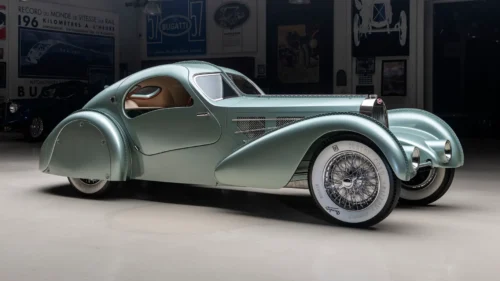

One of the greatest mysteries of the motoring world, a-one-of-a-kind Bugatti Aerolithe disappeared in 1936 – and it’s finally been recreated.
The original made its first public appearance at the 1935 Earl’s Court Motor Show in the UK.
It completed one road test in 1936, but was panned at the same year’s Paris Motor Show and was never sold by the factory.
READ MORE! Watch the Tesla Model S Plaid take on the Bugatti Divo in drag race for the ages
If the original were found today, it would be worth $100-150 million.
Most likely destroyed for materials during the war, all that was left were blueprints of the brake pedal and radiator grill and 11 photos.
Despite a seemingly lost cause, classic-car fanatic David Grainger – owner of The Guild of Automotive Restorers – decided to rebuild it in 2012.
The team based in Bradford, Ontario, Canada had the photographs digitized, with every minute detail scrutinized by the motor historians.
“This couldn’t just be a ‘looks like the Aerolithe’, it had to be an absolute recreation of the Aerolithe,” Grainger said to Ridiculous Rides.
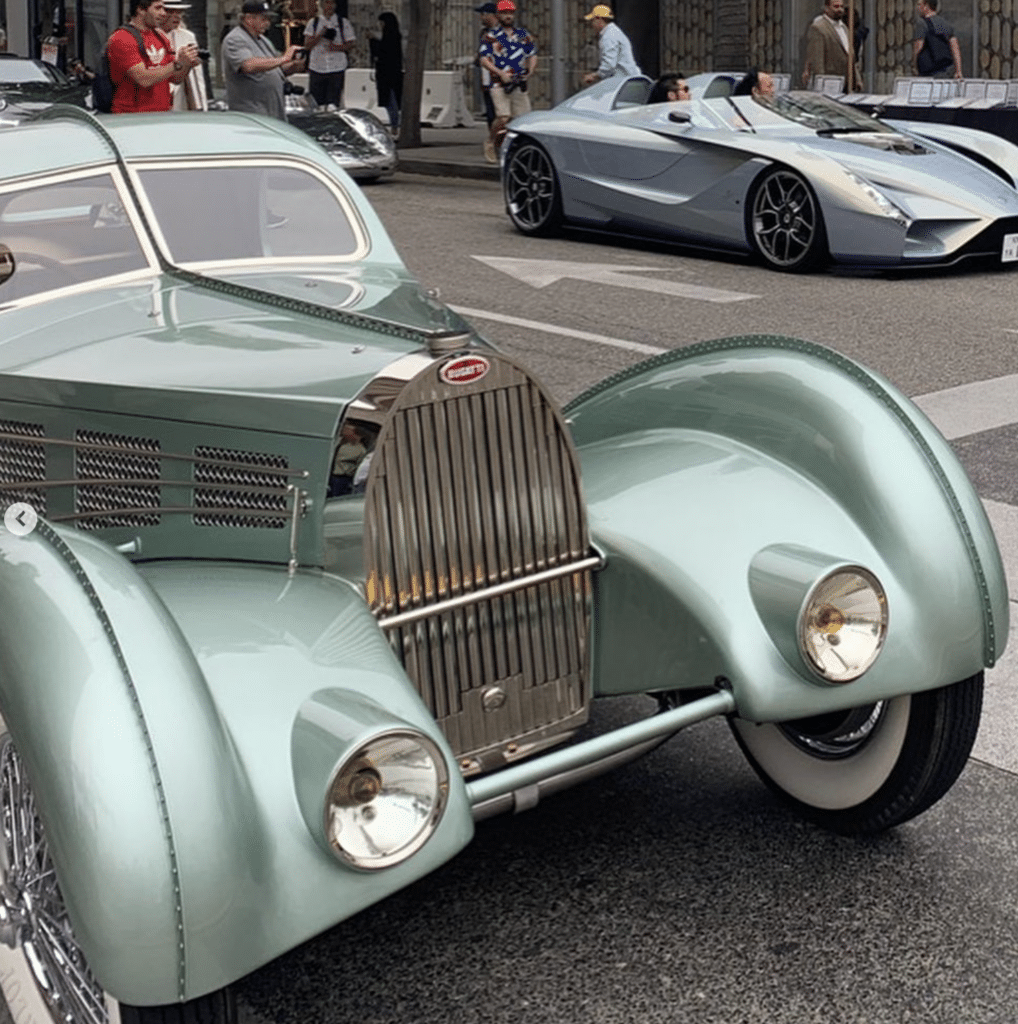
After months of work and much trial and error, the team was able to re-establish the precise dimensions of the original vintage car.
That, combined with the blueprints, allowed them to calculate the dimensions of the car to the nearest millimeter.
Grainger, as a restoration veteran, had a modified Bugatti Type 57 chassis (number 57104) complete with engine and running gear.
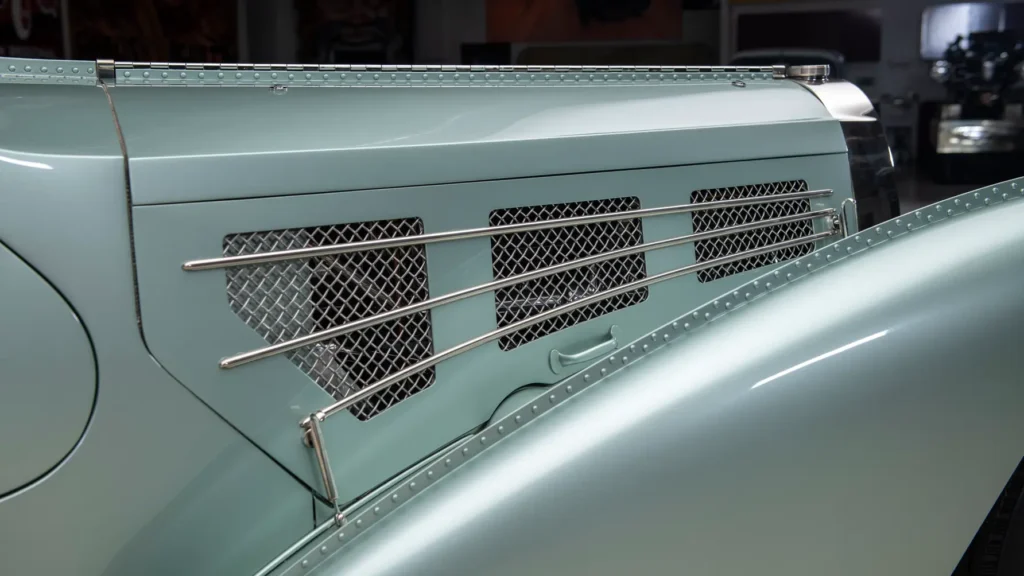

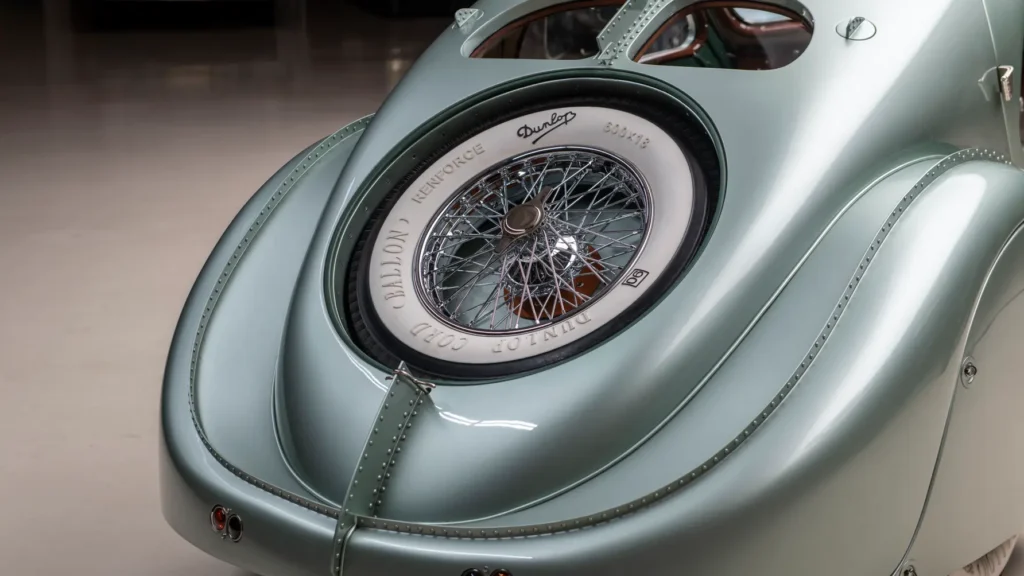
Then on top of that framework, using a period-correct alloy of magnesium – just like the team did in the 1930s – they sculpted the body.
The alloy was far more brittle than modern mixes.
This meant strips of the flammable alloy had to be heated to 800-900 degrees to make it malleable.
Magnesium has a combustion point of 1,140 degrees, and Grainger admits that fires weren’t uncommon.
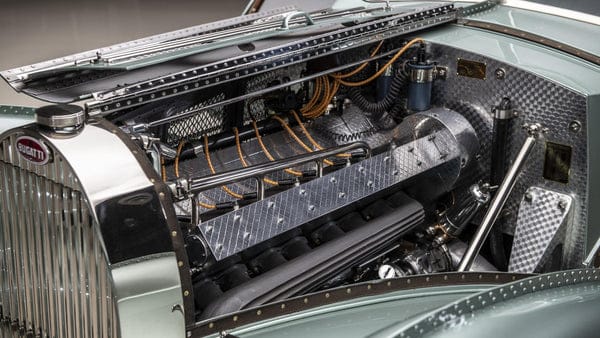
“We did have fires – it was just part of it,” Grainger said.
It was then riveted rather than welded together to make the complex art-deco body’s curves.
Despite costing $3,000 each and 15 of them being needed, the magnesium sheets were key.
Because they’re so light, they were able to increase the Bugatti Aerolithe’s top speed.
Inspired by a leaping cat, its curved haunches and long nose give the impression of motion even when the car’s not moving.
Later appearing on the luxury car brand’s Atlantic models, the prominent center spine helped stiffen the car’s magnesium-alloy body panels.
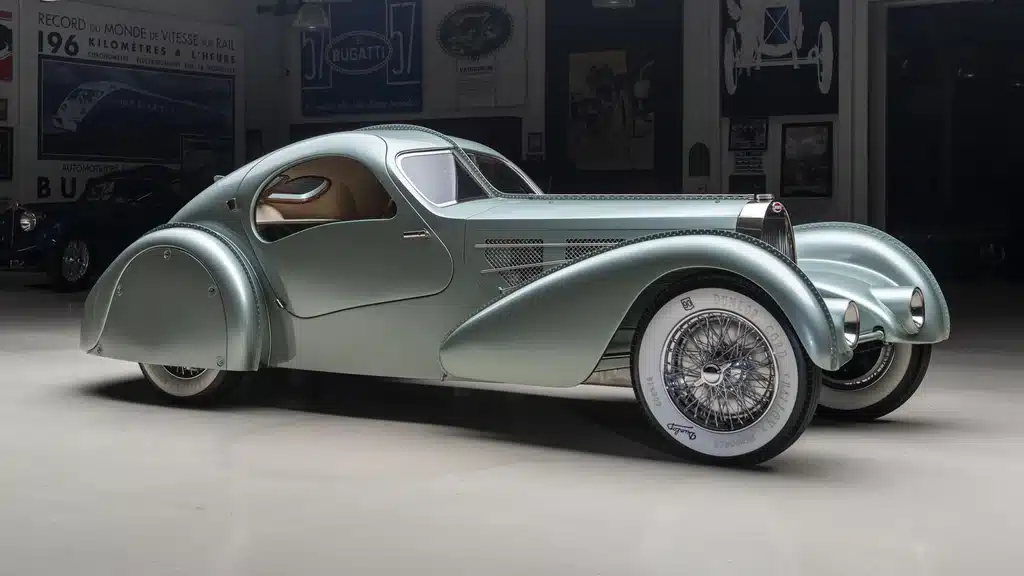
Color was also a mystery, as the photos they had were in black and white.
However, using a painting of the car and comparing it to Bugatti colors from the period, the original shade was identified.
Its tires were a legal as well as practical challenge.
The white-walled Dunlop tires they could see in photos of the Bugatti Aerolithe at its only show appearance are no longer being made.
That meant the dedicated team needed to rebuild identical versions after negotiating trademarks with Dunlop.
Identical to the interior of a classic Bugatti, it has Jaeger instrumentation at its center and minimal seats in green leather.
Today, the Bugatti Aerolithe has manual brakes – just like its predecessor.

There was debate about whether the Bugatti Aerolithe was supercharged.
However, the dedicated team eventually came to the conclusion that its inline-eight was naturally aspirated.
The Bugatti Aerolithe replica took a full 10 years of research, discussions about modern tributes over accuracy, and building to complete.
For historical accuracy, there are no windows that wind up and down, ventilation or windshield wipers, and its max speed is 64km/h (40mph).
“As cars go, this isn’t the most usable car in the world,” said Grainger.
“But as art goes it’s an absolute masterpiece.”
Worth in excess of $5 million, it’s now being sent to its lucky owner, although it’s unclear if or when the Bugatti Aerolithe will ever be on public display.
But it’s hoped that the mysterious classic model doesn’t disappear entirely again.
The post Team rebuilds one-of-a-kind Bugatti that vanished 87 years ago appeared first on Supercar Blondie.What's Your Reaction?








































